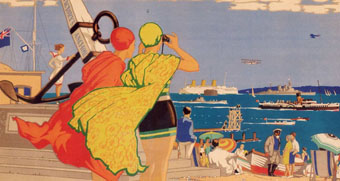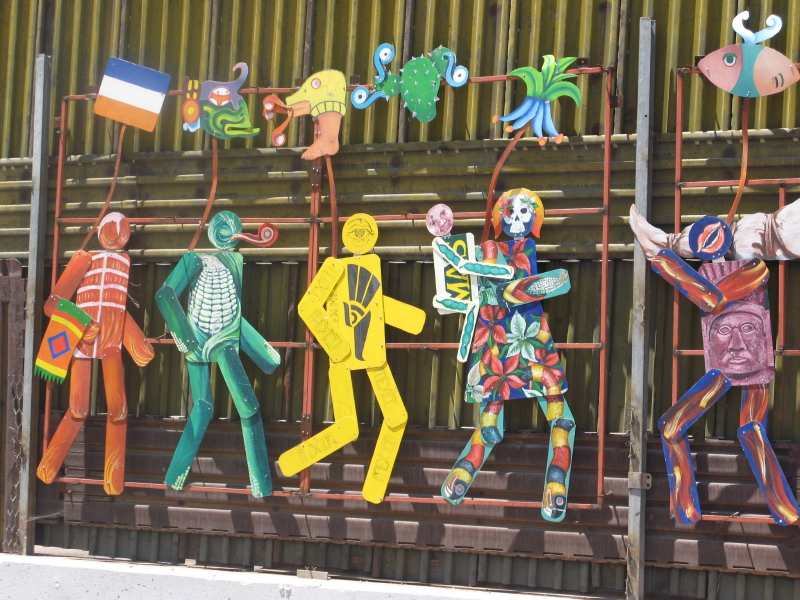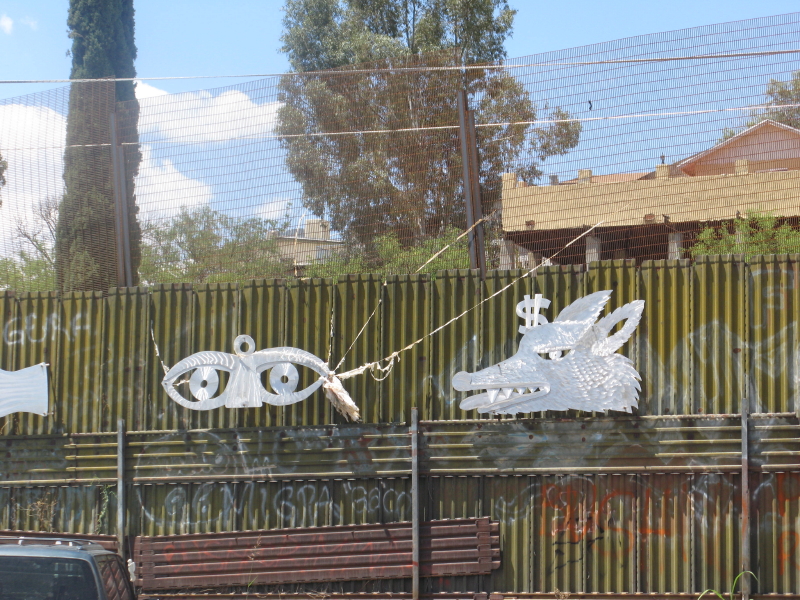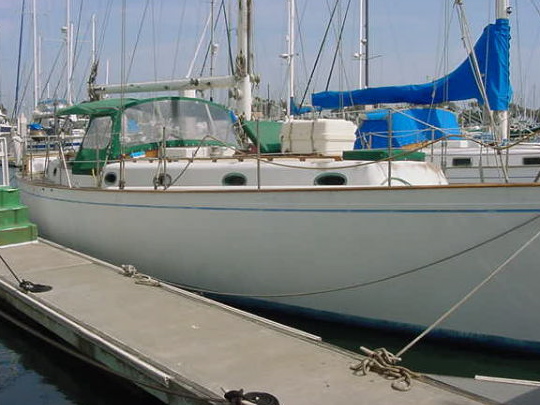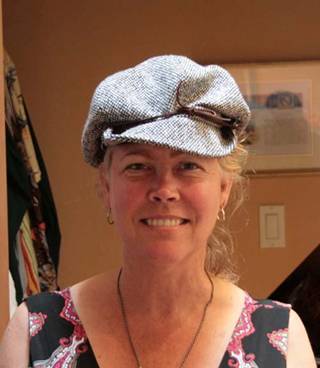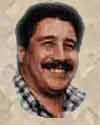 Story by Joseph w. Guillaume
Story by Joseph w. Guillaume
Email Joe: http://joeguillaume.com/
Aloha,
I grew up in Half Moon Bay. Well at least from 1966 to 1978. In 1978 I returned home to Hawaii. I was hanai (adopted Hawaiian style by my great-grand-mother). My mother growing up in Papakoleo (lands squatted on by Hawaiians) she learned Portuguese from going to Nuuanu stream, which cut directly through the prominent Portuguese community of Punchbowl.
I am sorry to say all I can remember of the coastside was FOG! 1972 you must remember FOG. It was even thicker when I was younger. How many of those Silicon Valley yuppies would stay 5 minutes once the fog hit? I go to HMB now to visit and there is sun, incredible! HMB has a beautiful history and seeing your article about Chamarita was heart warming. My mother would always eavesdrop on the Portuguese and found it wasn’t that much harder to eavesdrop on the Spanish speakers.
I remember getting out of school half day to go to Chamarita on Friday. The horse race was the big thing. Anybody who was a pillar of HMB society had a Horse Clock won at the Chamartia. I believe it was impossible to win the clock in one year, so you would trade up every year to you reached the horse clock.
It is funny because the California coast has so many Portuguese, it was rumored that the Portuguese that were to be taken to Hawaii got sea sick an jumped ship (which left them in Cali). That makes sense because looking at the local (Hawaii) Portuguese and the Cali Portuguese you see the same strength and farming abilities. Bet because Hawaii is such a multi-cultural place Portuguese know they are Portuguese! In Cali they think they are Hoale (white-people). Take it from me Portuguese are HARD workers!
Have you ever heard of Frank Delima? I admire your web site and the type of work you do. I would like to say I have fond memories of Chamarita, but to be honest they were just drunk fun times! HMBPD didn’t want us to parade Willie da midget down Main street on a hand truck. How about the bowling alley next to where Gilcreast drugs use to be. I remember Angeline’s store (kitty corner HMB Inn) he looked just like the guy from Mission Impossible.
In time my classmates will be living treasures. Pete Peterson (his wife Janice Boralloti) and Mateo Pacheco. It wasn’t just the Portuguese, the Italians made great contributions. It not we wouldn’t of had Mr. HMB (Salamone’s) Bakery (Kandi another classmate).
Aloha and keep up the good work,
Joseph w. Guillaume
http://joeguillaume.com

